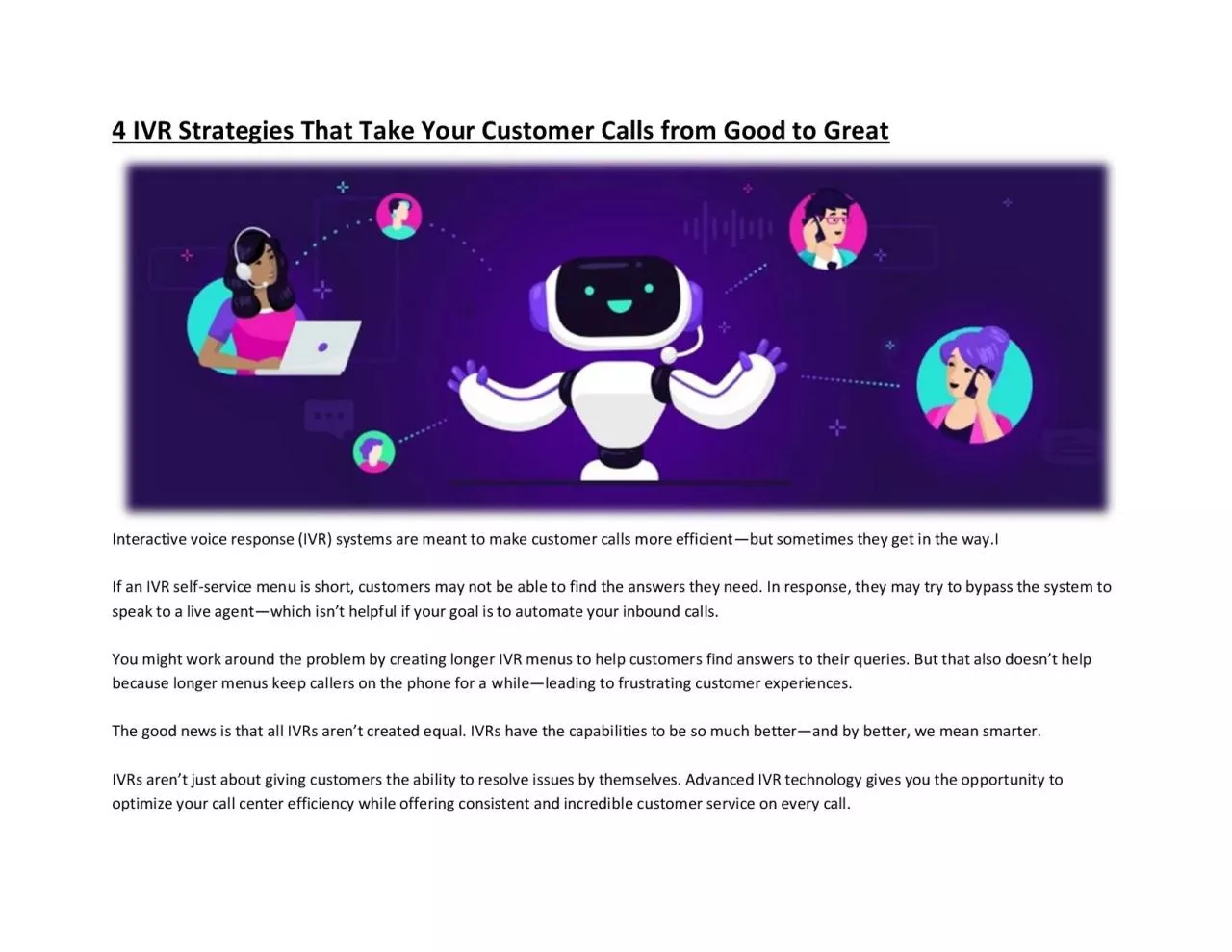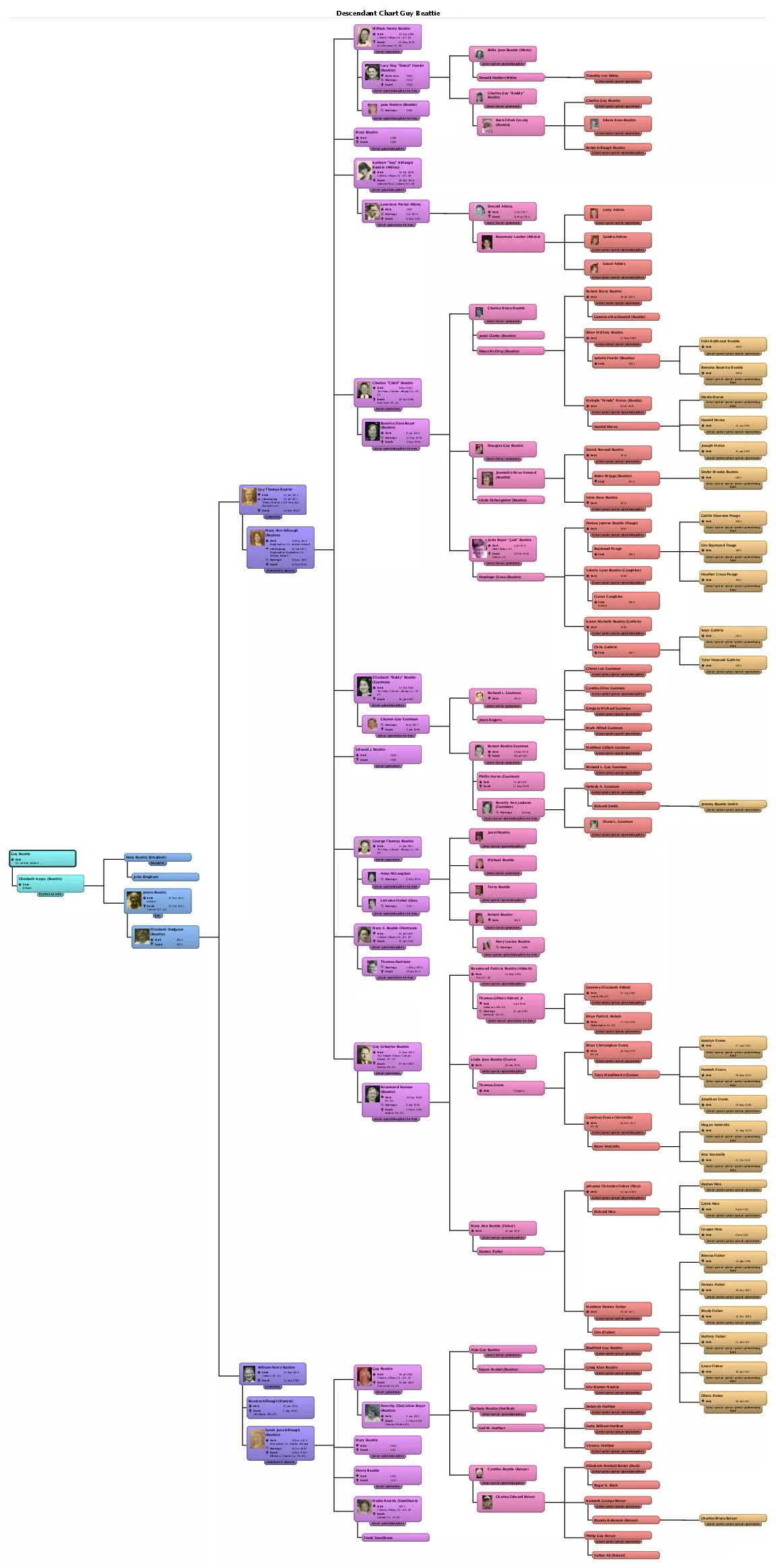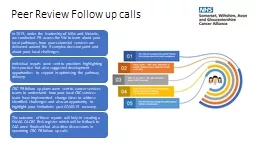PDF-4 IVR Strategies That Take Your Customer Calls from Good to Great
Author : Voximplant | Published Date : 2021-03-26
Interactive voice response IVR systems are meant to make customer calls more efficientbut sometimes they get in the wayI
Presentation Embed Code
Download Presentation
Download Presentation The PPT/PDF document "4 IVR Strategies That Take Your Customer..." is the property of its rightful owner. Permission is granted to download and print the materials on this website for personal, non-commercial use only, and to display it on your personal computer provided you do not modify the materials and that you retain all copyright notices contained in the materials. By downloading content from our website, you accept the terms of this agreement.
4 IVR Strategies That Take Your Customer Calls from Good to Great: Transcript
Download Rules Of Document
"4 IVR Strategies That Take Your Customer Calls from Good to Great"The content belongs to its owner. You may download and print it for personal use, without modification, and keep all copyright notices. By downloading, you agree to these terms.
Related Documents














